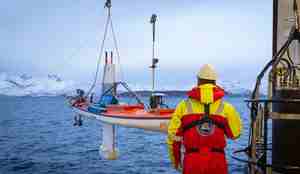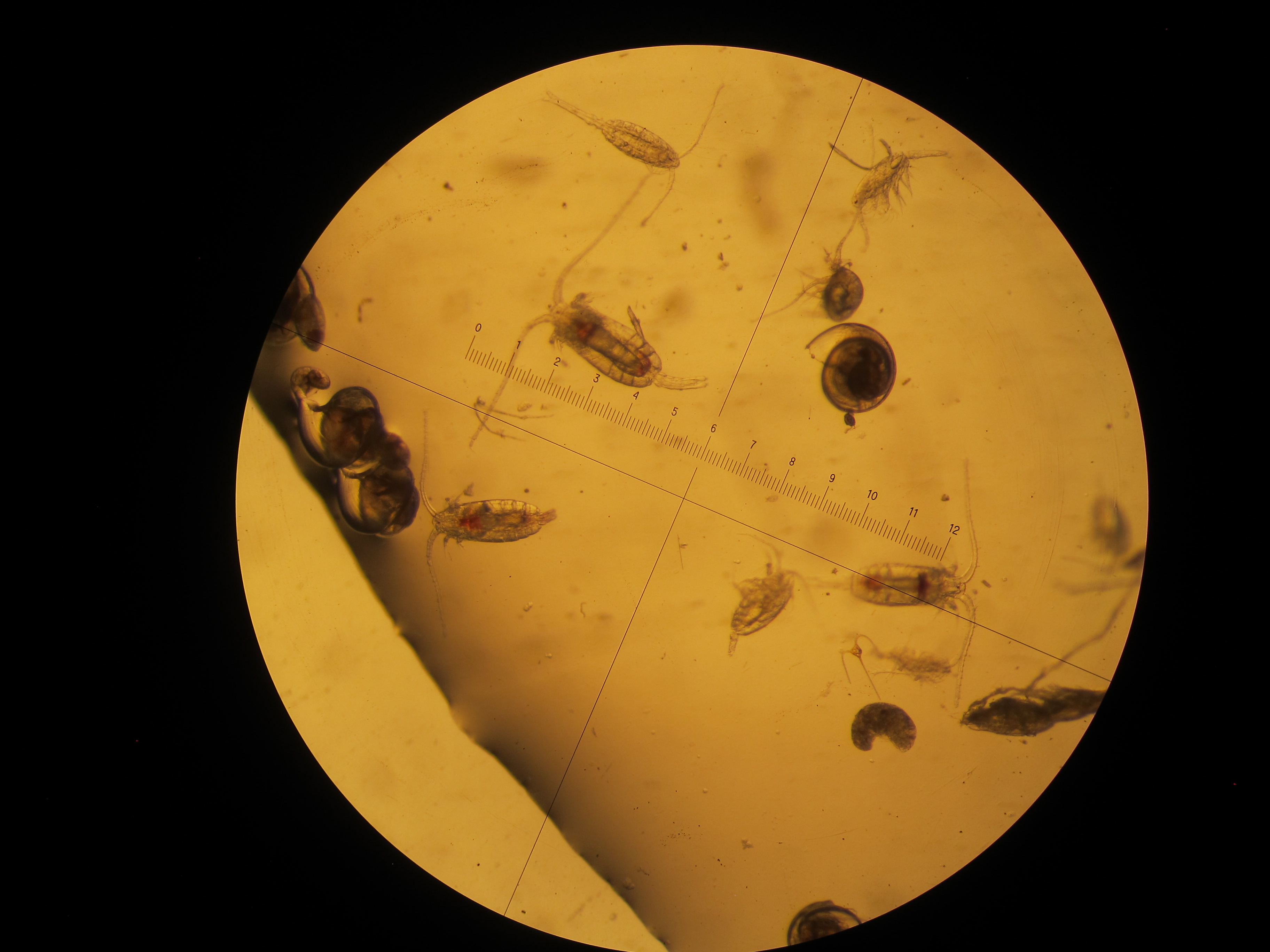Centre for research-based innovation launched with major herring survey





No, he’s not fishing – Rokas Kubilius has lowered a brass sphere that the researchers know the exact mass of. It is used to calibrate the echo sounder.
Photo: Geir Pedersen / IMR



RV "G.O. Sars" docked in Tromsø
Photo: Rokas Kubilius / IMRPublished: 03.12.2020 Updated: 14.12.2020
“Each marine species has its own unique signature on the new broadband echo sounders. Since we’re talking about what they sound like to an echo sounder, we can call it their dialect”, says Egil Ona, the expert on acoustics who heads CRIMAC.
“Our goal is to build up a library of all of the dialects of the organisms in the ocean. Once that is done, machine learning and artificial intelligence can start using the library for automated species recognition”, he continues.
Better information from echo sounders will in turn allow more accurately targeted and more sustainable fishing.
Herring think research vessel is a huge whale
The participants on the first expedition with the G.O. Sars included marine scientists and our industrial partners Kongsberg Maritime and Scantrol Deep Vision. First they headed to Kvænangen, where the juvenile herring are found.
As are humpback whales and orcas.
“Since the whales are feasting on them, the herring are afraid of large objects, including research vessels. To measure the extent to which they avoid us, we brought along our faithful kayak drone, equipped with scientific echo sounders.
It can sneak up on the herring that are right at the water’s surface”, explains Egil Ona.

Into the open sea to hunt for older herring
“To put it mildly, the herring were less afraid of the drone than of G.O. Sars.”
Which meant the researchers were able to get the data they needed, before heading out into the Norwegian Sea to hunt for older herring. Here they made recordings of 50 shoals of herring, and took “spot samples” with a trawl.
The ultimate aim of the centre is to provide fishers with more information about the fish they are targeting. For that information to be useful, new fishing gear technology is also vital.
“Open sesame, trawl”
“West of the island of Røst, we tested a new, mechanical system for opening and closing the trawl codend in combination with Deep Vision’s camera system. In principle we can set the trawl net at a specific depth, and then open and close it in response to the live images we receive from the echo sounder and camera”, says Ona.
“The next generation of trawl nets will be based on this technology. They will allow you to target individual species and specific sizes.”
And measuring the size of the individual fish in a shoal is something that both researchers and fishers would like to be able to do from the bridge.
Narrow beam echo sounder detects individual fish in shoals
“We were able to try to do this using a combined echo sounder and current meter supplied by Kongsberg. The echo sounder has a very narrow beam, just 2.5 degrees wide. With a broadband pulse, this means it has a resolution almost 80 times greater than our normal echo sounders”, explains Egil Ona.
In practice, this makes it possible for the researchers to detect individual fish in shoals and schools and to document their “echo dialect”. This is essential if you want to estimate their size.
As a bonus, the researchers were also able to study the echoes produced by juvenile blue whiting in the Norwegian Sea, saithe chasing herring and, last but not least, a large concentration of sea snails known as sea butterflies.
Softly spoken snails
“We hit a swarm of snails just before we got to the big herring in the Norwegian Sea, and decided to make the most of it”, says Egil Ona.
The strength of the echo from these small organisms is just a millionth of that of the herring. To continue the dialect metaphor, they are really softly spoken. That’s why we have to drop an echo sounder sensor into the middle of the swarm to get good measurements of the individual snails”, he explains.

The researchers discovered that the sea butterflies, which normally move at snail’s pace, took a lift with the ocean currents to reach their destination more quickly.
“All in all it was a brilliant first expedition involving people from the research community and industry. We’re looking forward to analysing the results in greater detail”, says Egil Ona.
Scientific report to follow.
